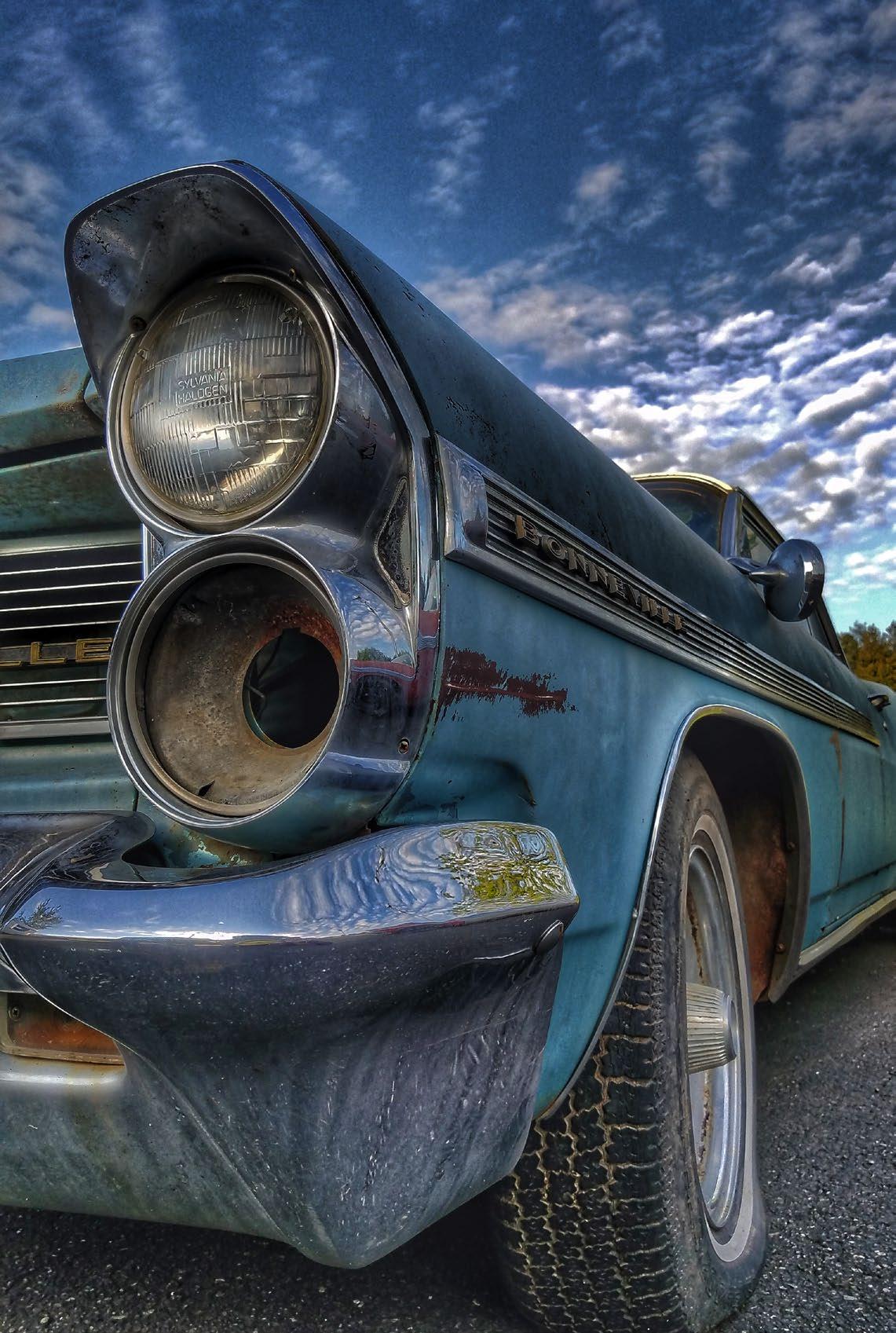
3 minute read
JACKSON FAULKNER
BY ANISSASTAMBOULI
@jacksonfaulknernet / jacksonfaulkner.net
‘Dramascapes’ from the American Rust Belt In the upper Midwest of the United States, cradled by the Great Lakes, is America’s Rust Belt. One of the many ‘has-been’ regions of the country, the Rust Belt is an industrial cemetery that mocks the American Dream with its abandoned factories, automobiles, train tracks and structures of a bygone era.
Traveling thousands of miles along the roadside of history, photographer Jackson Faulkner can be found in desolate places with his Galaxy S7 Edge and Nikon D7100 in hand, summoning the memory of a human presence from objects, long void of living company. Bringing dramatically emotive edits to each landscape, Faulkner achieves his signature ‘Dramascape’ style. In an exclusive interview with INSPADES, Faulkner discusses the value of our collective past, the successes and failures of the American Dream, and the ways in which an object can tell the story of society as accurately as people recording history.
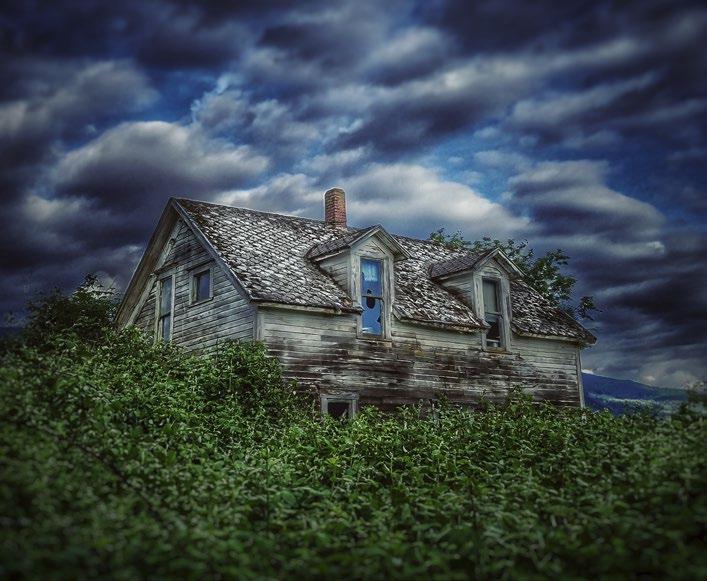

What first led you to pursue the theme of American industrial decline with your photography? To begin with, my passion for history and respect for the ingenuity of our forefathers was genetically coded in me. My grandfather was an inventor during the American depression of the 1930s and my father was an electrical pioneer. Growing up, one of my childhood friends lived adjacent to a heavy equipment industrial yard just outside of Detroit, Michigan. It was located next to an old 1930’s railroad viaduct that had abandoned rooms and passageways.
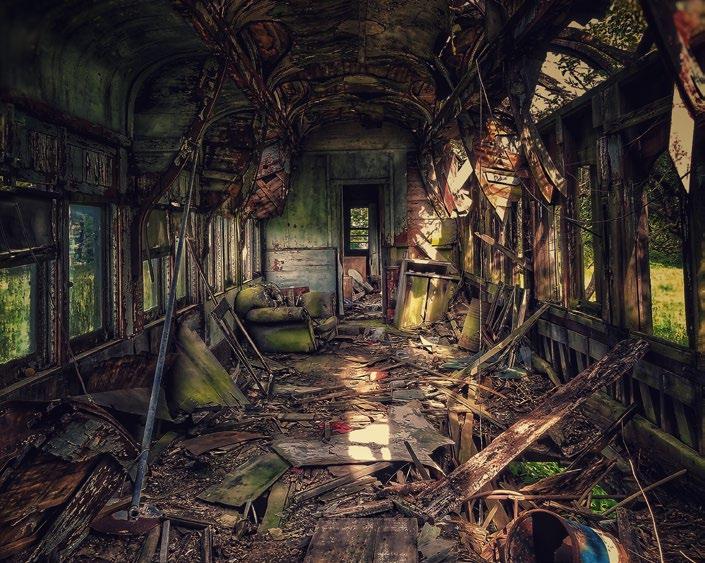
Half my youth was spent wandering these passageways and stairways that led to sealed off exits, wondering about the people who had used them in the past; the other half of my time was spent climbing in, on and under abandoned bulldozers, loaders, cranes and anything else that had leaking fluids and jagged bits of metal—many left their mark on my clothes and flesh. In my teens, recurring themes in my photography were historical transportation and architecture, but they were shot with the clinical precision of an archivist, with no concept of applying a portraiture element to them.
I absorbed the sights and smells of that time in my memory. It wasn’t until two years ago that I started looking at the objects of my youth with new eyes. Through the editing process, I started to inject my feelings into my images and evoking the emotions I was experiencing at the moment of capture.
Your work confronts neglected structures in rural areas as representations of the Rust Belt’s deindustrialization and economic decline. How would you say your work responds to the American Dream? I believe that the memories and spirits of the American Dream linger in these places long after the physical bodies leave. Inanimate objects contain and exude a presence as well. I present a forgotten past that illustrates the hopes, passions, successes and failures of that dream.
My images give the viewer a chance to feel the pain, shame and suffering of a 1937 pickup freezing for another winter in a frozen field; the empty silence of a prairie grain elevator waiting in vain for a harvest that will never come.
My visual voice has a story to tell: It’s a story of a country that was made great by resourcefulness and ingenuity—a country that became a victim of its own success, and in its short-sightedness, cast aside the processes and with it, the people.
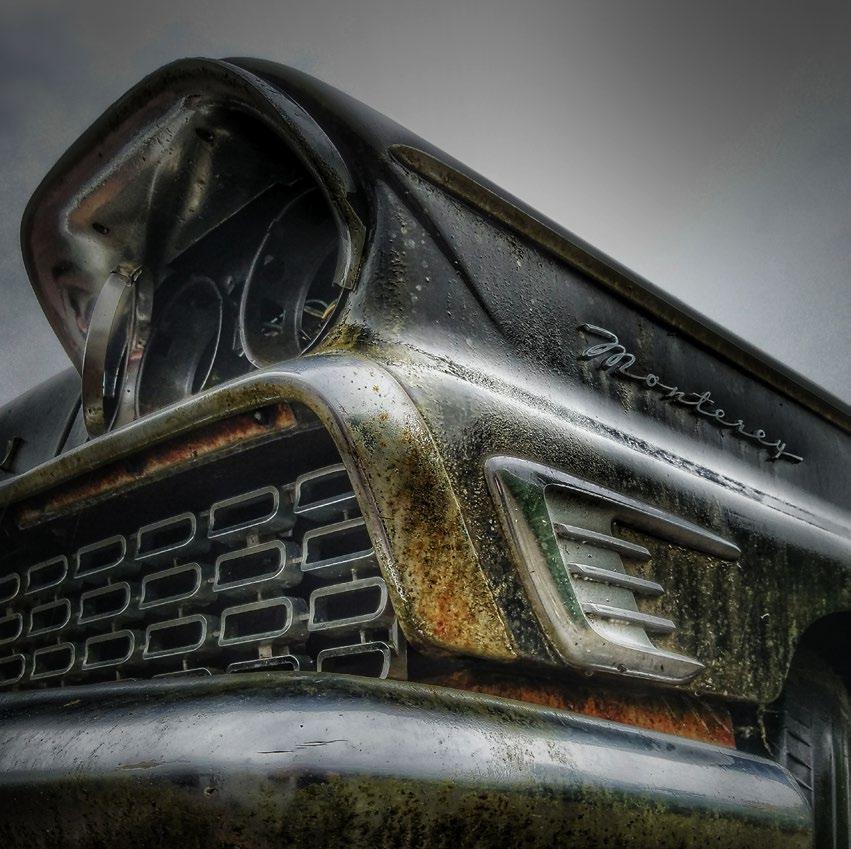
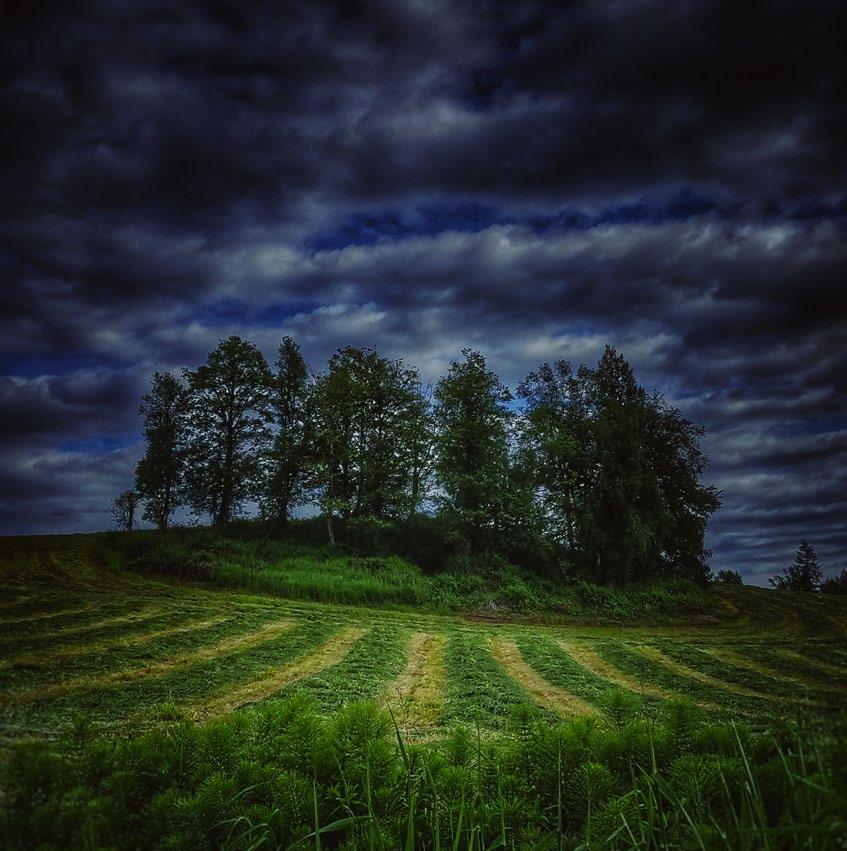
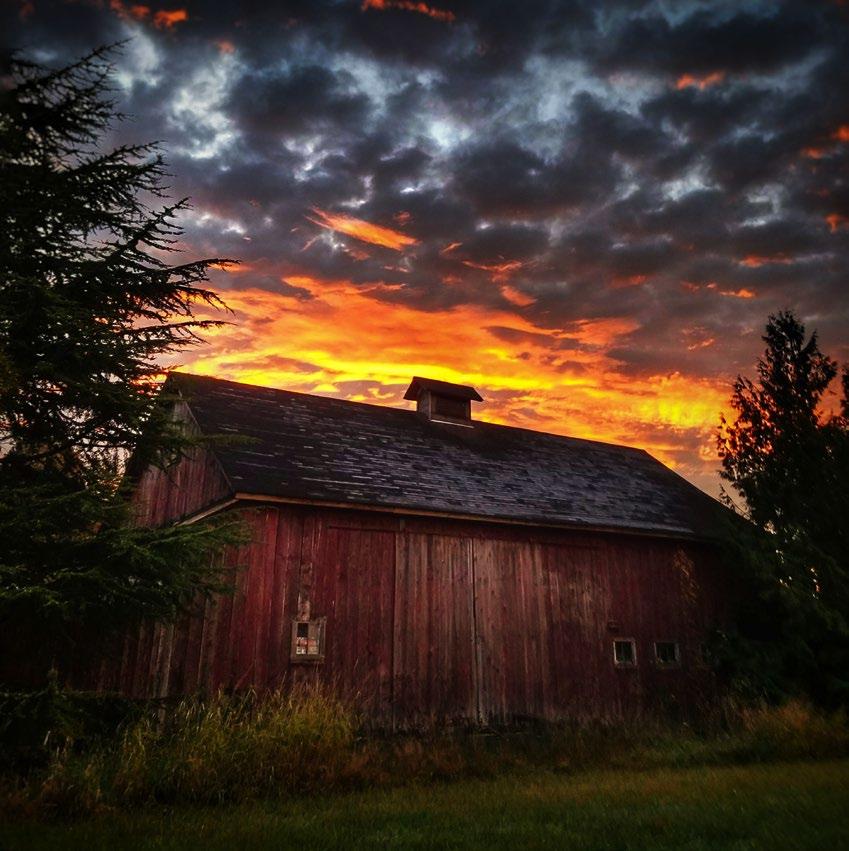
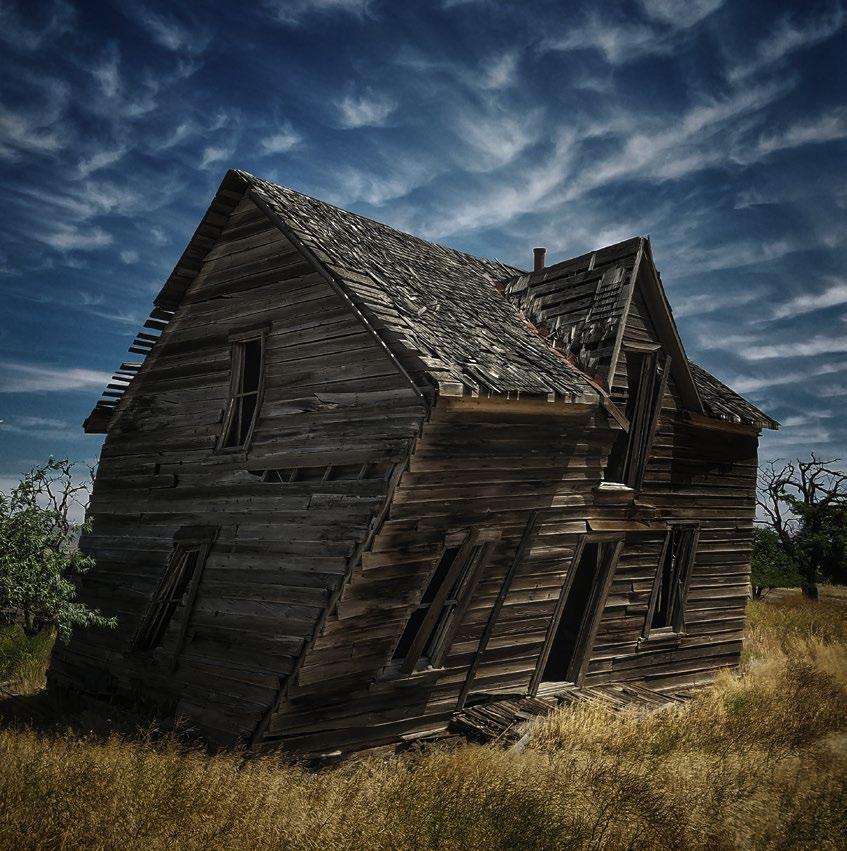
YEAR ONE INSPADES ART BOOK ONE YEAR of inspiration, collecting the best artists, creative thinkers, visionary minds that will blow your mind! Hardcover, luxury print on proline pearl paper, a must-have exclusive piece in your collection only at https://www.blurb.ca/user/INSPADES










